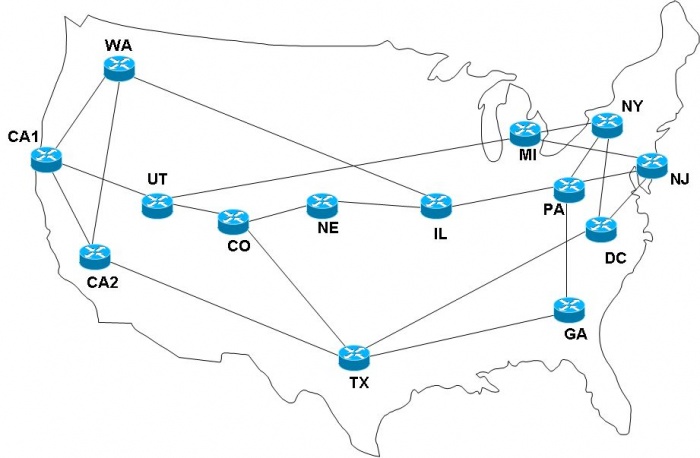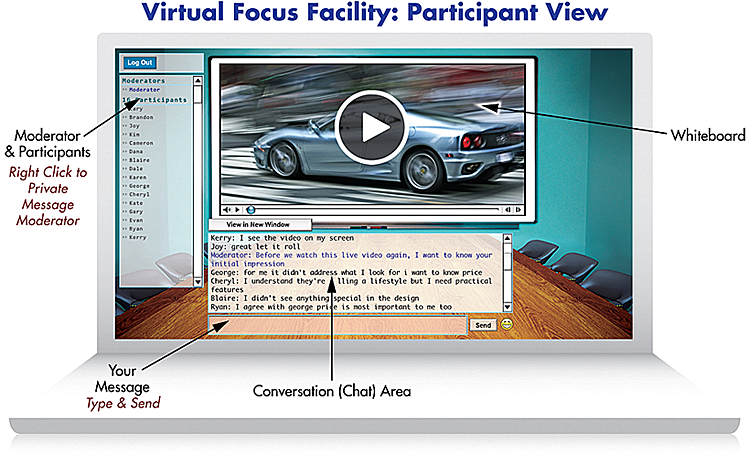The moment people could connect and communicate online, researchers were there. In the beginning the research was technical, paving the way for a vast network of open communication that was to follow.
As this virtual network of people grew, marketing researchers strapped on their boots and began exploring new ways of mining and collecting data. It wasn’t long before social researchers suited-up and started using email, group chats, and bulletin board systems to gather information. All of these initial efforts cleared the way for what is now known as online qualitative research.
While the first online focus group via group text was conducted by Marian Salzman in a pimped-out AOL chat room in 1992, it was actually research boards that came first. As early as 1984, when the “internet” was limited and accessible by only government researchers and universities, one student at Syracuse University was using a bulletin board system over NSFNET to interview students at UCLA.
Learn more about the history of online qualitative research in Qual-Online, the Essential Guide, available on Amazon.



